News and Events
Removing Smokeless Tobacco Use from Baseball: Another Policy Designed to Protect Athletes
By Melanie Anderson
May 31, 2017
The health of all athletes should be priority number one for any sports organization. Throughout the history of National Sports, policy and rules have been adopted that are designed to keep the athletes safe and healthy. Requiring protection, new safety devices, penalties, and flags that slow down the flow of a game but have been shown to keep athletes safe from all types of risks. As science identifies dangerous factors the leagues and programs have adapted by designing new safety equipment and policies.
| Most people think of Hockey as a very aggressive sport and have images of men with missing teeth from hockey puck hits to the mouth or from the many fights that occur during a game. The history of hockey highlights the ongoing changes in safety polices. | 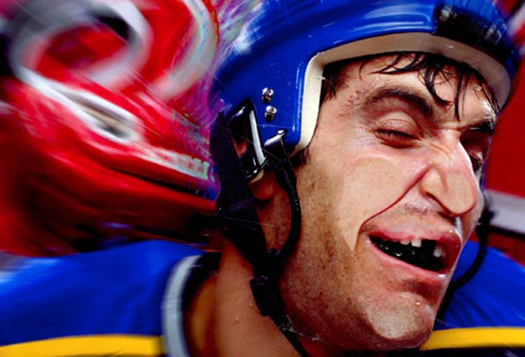 |
Requiring the players to wear helmets seems logical to a new fan of the sport, but many of the older fans still discuss watching games where no players wore helmets and thought it would hinder the game. Boston's George Owen was the first to wear a helmet in 1928, and head protection became an issue when Toronto's Ace Bailey nearly died after being slammed into the ice by Boston's Eddie Shore. But it took Bill Masterton's death from a 1968 brain injury to make players at least start thinking seriously about them. Finally, in 1979, the league ruled all new players must wear a helmet. The last player to play bare-headed was Craig McTavish for St. Louis in 1996-97. Now watching a hockey game and seeing the obvious dangers to the players, it is difficult to see the old arguments against helmets.
Some people consider NASCAR the most dangerous sport on earth. Considering the high speeds and how many wrecks that occur during each race, it is a testament to the safety standards that have been developed over time. Due to the large endorsements and viewership of the races, it is very important for the sport to keep the drivers and crews as safe as possible. In 1990, Dr. Robert Hubbard developed a Head and Neck Support device called a HANS device, that was designed to reduce the likelihood of head and/or neck injuries, such as a basilar skull fracture, in the event of a crash. Even though the engineers from Ford and GM has been urging drivers to wear the HANS device, and the manufactures were willing to pay $1,200 for each device if the driver would wear them, many drivers thought the HANS device would restrict their movements and the most famous NASCAR driver, Dale Earnhardt referred to the HANS as “that damn noose.”
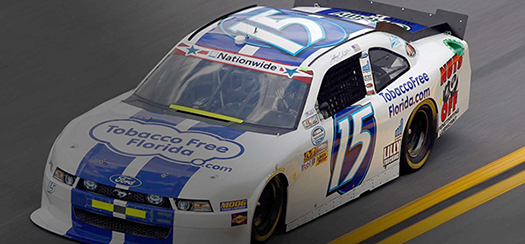
In January 2001, General Motors had been working on changing Earnhardt’s mind on using the HANS device. On February 19, 2001 during the Daytona 500, Dale Earnhardt had a wreck with only 20 laps left in the race and he suffered a basilar skull fracture that took his life. Three other drivers had died of the same injury prior to Earnhardt’s tragic death. Despite the fact that researchers had developed a safety device that could have saved his life, it wasn’t until October 2001 when NASCAR finally mandated that drivers use the HANS or Hutchens device head and neck.
| Much like all sports, baseball has had many policies and rules changed over time to secure the safety of the players. Since the beginning of the National Baseball League, the tobacco industry has had a strong influence on the sport. Many of the earlier ball players were spokesmen for many different tobacco brands. When some of the health factors from smoking cigarettes were being acknowledged, the tobacco industry began pushing smokeless tobacco as a “safe alternative” and the social norm between baseball and smokeless tobacco was set. | 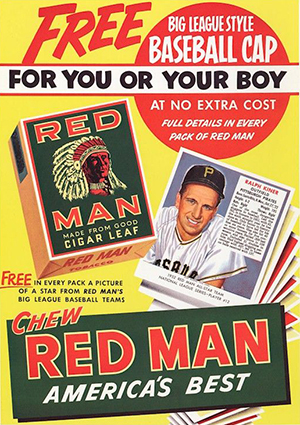 |
It has been almost impossible to watch a major league baseball game without seeing players with a big swollen cheek, a bulged out lip, or a scene of them spitting on the field. In 2014, Hall of Famer, Tony Gwynn died at the age of 54 from salivary gland cancer complications due to years of dipping smokeless tobacco. His death highlighted the ongoing health concerns of major league baseball players and to the youth that look up to them.
Since 1993, the use of chewing tobacco has been banned in minor league baseball, but it is still allowed to be used under the union contract that covers Major League Baseball. During the 2016 collective bargaining agreement between Major League Baseball owners and players a prohibition from using smokeless tobacco by all new MLB players was created to protect the health of players and the youth that look up to them.
Meanwhile, many cities have passed smokeless tobacco bans at the ball fields. San Francisco, Boston, Los Angeles, Chicago, New York City, Washington, D.C., Milwaukee, Tampa Bay and St. Louis have all passed ordinances prohibiting smokeless tobacco use at sporting venues, including their major league stadiums. A statewide law in California took effect before the 2017 season. With implementation of these laws, 14 of 30 major league stadiums will be tobacco-free, and other MLB cities are considering similar measures.
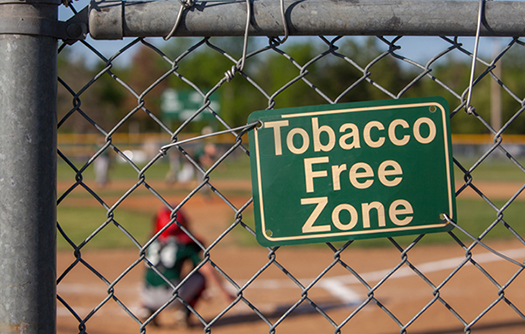
In many ways, these policy changes have helped keep the sports safe for future athletes and by making such changes in our local ball fields, we can help future Major League Baseball players stay heathy. Even if we don’t have major or minor league ball fields in our counties, we do have little league fields that are the beginnings for all future athletes. We need to make these fields, fields of growth and health by making them tobacco free, not just for the athletes but for the adults and coaches that they look up to as role models.
___________________________________________________________________
References:
Fletcher, D. (2009, November 4) The Hockey Mask. Retrieved from http://content.time.com/time/arts/article/0,8599,1934325,00.html
Hinton, E. (2016, February 17) Earnhart’s Death a Watershed Moment. Retrieved from http://abcnews.go.com/Sports/earnhardts-death-watershed-moment/story?id=37003284
ESPN.com (2016, November 30) Report: CBA Includes Smokeless Tobacco Ban for New Players. Retrieved from http://www.espn.com/mlb/story/_/id/18177667/cba-includes-smokeless-tobacco-ban-new-mlb-players
Pallone, F. (2016, April 3) Past Time for MLB to Ban Smokeless Tobacco: Column. Retrieved from https://www.usatoday.com/story/opinion/2016/04/03/past-time-mlb-ban-smokeless-tobacco-column/82477512/



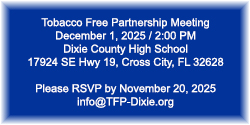 RSVP at info@tfp-dixie.org
RSVP at info@tfp-dixie.org 